INTRODUCTION

It may be a fact that current cooling technologies have been maxed out in terms of efficiency but if there's one thing the industry clearly does very well that's to squeeze every bit of performance from just about anything by simply improving aspects of it. Take AIO CPU coolers for example, since the very first models made their debut roughly a decade ago the industry has introduced numerous changes/improvements to further optimize their cooling efficiency. This means that pretty much everything from materials used and part designs (internal) to pump positioning and number of fans used has changed over the years. The latest Lumen series of AIO CPU Water Cooling Systems by Fractal Design also tries a couple of new things and today with me i have both the S24 and S24 RGB variants.
Fractal Design is a leading designer and manufacturer of premium PC hardware including cases, cooling, power supplies and accessories. Based in Gothenburg and with offices in the US as well as Taiwan, Fractal Design has gained a global reputation for innovative design, elegant aesthetics and solid build quality. Fractal Design products are available in over 45 countries worldwide, and are still growing.
Just like with some other AIO models in the market today both the Lumen S24 and S24 RGB AIO Water Cooling Systems by Fractal Design basically consist by 5 parts, dual 120mm fan aluminum radiator (27mm in thickness), high-RPM ceramic bearing pump, 400mm long low-permeability rubber tubes (nylon braided), waterblock complete with ARGB lighting (6 ARGB LEDs) and a copper plate and two Aspect 12 PWM rifle-bearing fans (RGB for the S24 RGB). So basically, these two AIO are identical, minus the RGB Aspect 12 PWM fans used with the S24 RGB that is which are compatible with all the major motherboard sync technologies like ASUS Aura Sync, GIGABYTE RGB Fusion 2.0, MSI Mystic Light Sync, ASRock Polychrome Sync and Razer Chroma RGB (as is the waterblock). What sets the entire Lumen series apart most AIO models currently in the market is the positioning of the pump which instead of placing just over the waterblock Fractal Design has squeezed inside the fins of the aluminum radiator. Now i am not entirely certain as to the benefits of doing that (my first guess would be lower temperatures in the pump which could in turn result in improved cooling efficiency and life?) but I’m sure Fractal Design had their reasons so let's see what these two can do.
SPECIFICATIONS AND FEATURES

PACKAGING AND CONTENTS
Both the S24 and S24 RGB get shipped in black boxes that have a large product picture at the front.
The main product features next to two drawings showcasing the size of the radiator can be seen at the base of the box.
Another product drawing is placed at the rear of the box right next to the main product features and the 5-year limited warranty logo.
Nothing new in terms of packing, both coolers are wrapped inside plastic bags and placed in thick pieces of cardboard.
Along with each AIO Fractal Design also packs their two fans (Aspect 12 PWM for the S24 and Aspect 12 PWM RGB for the S24 RGB), backplate, ARGB motherboard controller cable for the pump, radiator mounting screws and all the necessary screws and mounts needed for Intel LGA 1150/1151/1155/1156/1200/1366/2011/2011-3/2066 and AMD AM2/AM2+/AM3/AM3+/AM4/FM1/FM2/FM2+ motherboards.
THE LUMEN S24 & S24 RGB
As mentioned earlier both AIO models are identical, both use 272x120x27mm radiators (with the pump placed between their fins), 400mm long nylon braided tubes and ARGB waterblocks with copper coldplates.
The radiators seem to be slightly more than 27mm in thickness (not a bad thing really).
Fractal Design has printed their logo on both sides of the radiator.
Between these two metal plates (top/bottom) Fractal Design has placed a high-RPM (4000RPM) ceramic pump that has an MTTF (meantime to failure) of 50.000 hours.
The aluminum radiators used have an FPI count (fins per inch) of 20.
Rubber sealed fill ports are located on the rear end of the radiators.
Using 400mm long nylon braided tubes with 240mm AIO models is something that we didn't used to see.
The top of the waterblock features the company logo and even though it's dark gray in color it actually lights up with RGB lighting.
Just by pulling it you can reveal the 6 ARGB LEDs inside (removing it allows you to place the company logo properly after mounting).
In order to control the ARGB LEDs (even to light them up) you will need to attach the bundled 3pin cable and connect it to your motherboard ARGB/RGB header.
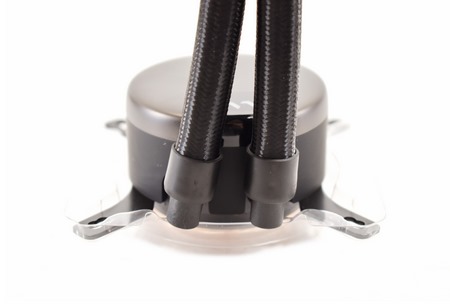
 Both tubes can rotate up to 90 degrees from the waterblock to further simplify installation.
Both tubes can rotate up to 90 degrees from the waterblock to further simplify installation.

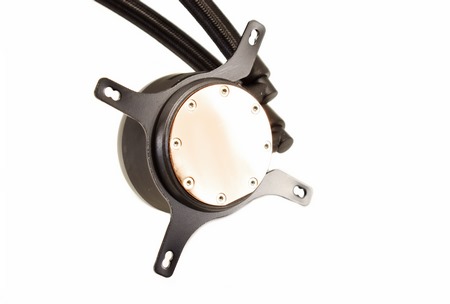 Fractal Design uses a think round layer of thermal conductive material but since for all my tests i use the NT-H1 thermal paste by Noctua i removed it to showcase the entire copper coldplate.
Fractal Design uses a think round layer of thermal conductive material but since for all my tests i use the NT-H1 thermal paste by Noctua i removed it to showcase the entire copper coldplate.
Both AIO models use Aspect 12 PWM fans (RGB for the S24 RGB) which can reach speeds up to 2000RPM to produce airflow levels of up to 56CFM with up to 2.34mm H2O static pressure and 33.2dBA of noise.
With these fans mounted on their radiators both the Lumen S24 and S24 RGB are now almost 52mm thick.
TEST BED
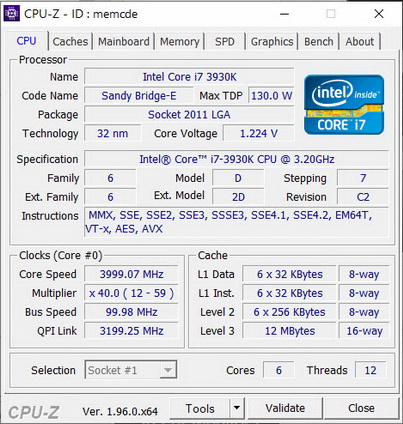

TESTING METHODOLOGY
Testing complete water cooling kits or individual radiators is no different than testing CPU Coolers and since we want all of you to be able to compare similar products, we created new and separate charts (you can still cross-compare results however since we are using the same test rig). So once again single (120/140mm) watercooling solutions are tested with the radiator mounted at the rear of our test rig while dual/triple/quad (240/260/280/360/420/480/560mm) solutions with the radiator mounted at the top. For the dBA tests complete water cooling kits or radiators with bundled fans are measured both while on idle mode or with the fan controller in the minimum setting and while on extreme load or with the fan controller all the way to the highest possible setting (PWM fans do that on their own without our intervention). Every single test takes place in a temperature controlled room of 23 degrees Celsius Ambient Temp with the help of two AC units placed diagonally inside the room. Finally, much like when testing CPU Coolers, it's very important to point out that just because a water cooling kit outperforms another when tested with our test rig (when we test complete water cooling kits) that does not necessarily mean that the same performance differences will apply 100% for other CPU models and in other situations (such as different ambient temps and system configurations).
To successfully record the load temperatures, we use the latest OCCT application for around 6-10 minutes to push the processor to its limits and after that is done and the temperatures are recorded, we wait for about 10-20 minutes for the CPU to cool down and record the idle temperatures. This is done to allow time for the thermal conductive material to achieve the optimal performance level. Same procedure is then repeated with the Passmark BurnIn Test as a failsafe just in case the OCCT results are wrong. This procedure takes a lot more time than the usual peltier/thermometer tests but this way not only can we deliver real world results to our readers based on real CPUs but we can also triple check the results using a variety of programs. Last but not least the temperatures were recorded using both the latest versions of AIDA64 and RealTemp while the noise level tests (when fans exist in the bundle) are performed using a high precision ExTech HD600 Decibel Meter placed about 10-15cm above the radiator. Still although the same testing procedure applies to all units do take into consideration that unlike the official numbers which are measured in special noise isolated labs with just the fans here, we also have both the rest of the cooler and the rest of the system (although all system fans are turned off when recording noise levels).
TEST RESULTS


CONCLUSION
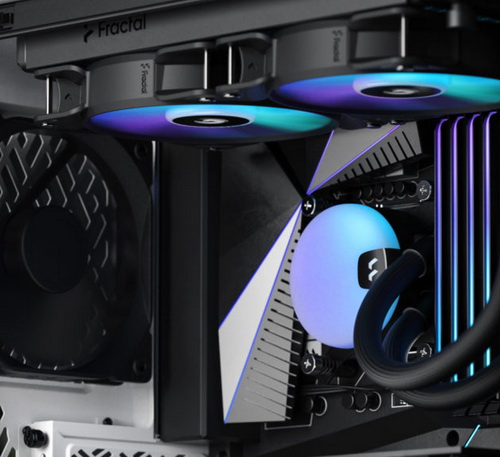
Two things stood out when testing the Lumen S24 and S24 RGB AIO Water Cooling Systems by Fractal Design, their cooling efficiency and noise levels. At first glance both these models seem rather "basic" mostly because of their size (dual 120mm with 27mm thick radiators) so they don't exactly “scream” high-performance and that’s exactly why i was surprised to see that they outperformed every other similar AIO in my charts (including the Celsius+ S24 Prisma again by Fractal Design). And then we have noise levels which are identical between both the non-RGB and the RGB fans, something that i haven’t seen a lot to date (RGB fans are usually louder – unfortunately since my test rig doesn’t support RGB i was unable to see these in all their glory). So honestly there’s not a single thing i can complain about the Lumen S24 and S24 RGB models by Fractal Design (do keep in mind that the very 1st time these start the pump does make a bit of noise for a couple of seconds).
So just how much do the Lumen S24 & S24 RGB cost? Well currently they retail for USD184.20/USD197.63 inside the USA (Amazon.com) and for 111.37Euros/124.58Euros inside the EU (Amazon.de) so even though they are not near the lowest cost dual 120mm AIO models in the market they still outperform far more expensive ones (although i do feel that USA pricing needs some looking into). At the end of the day, it all comes down to your needs and just how much you’re willing to spend but since both the Lumen S24 & S24 RGB Water Cooling Systems by Fractal Design do a great job they clearly deserve the Platinum Award.

PROS
- Build Quality
- Impressive Cooling Efficiency
- Low Noise Levels
- ARGB/RGB Lighting (Pump/Fans)
- 400mm Long EPDM Nylon Braided Tubes
- Large Copper Coldplate
- Removable Waterblock Top (Company Logo Alignment)
CONS
- Price (For Some)

 O-Sense
O-Sense





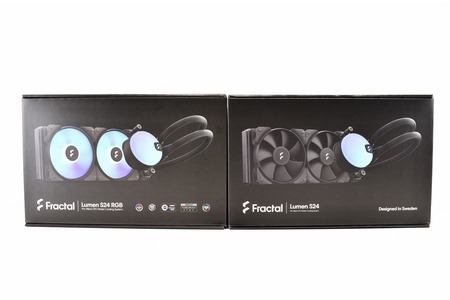
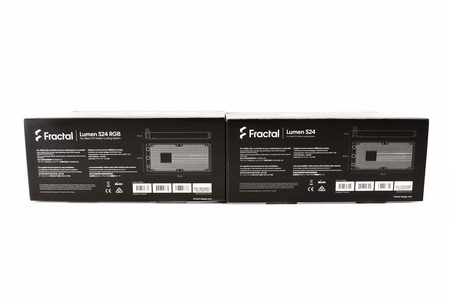
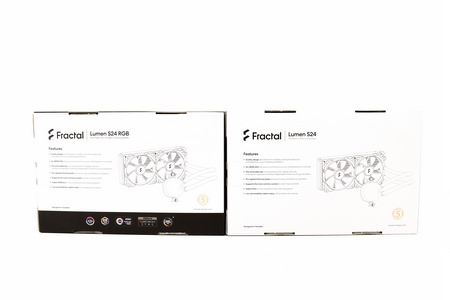
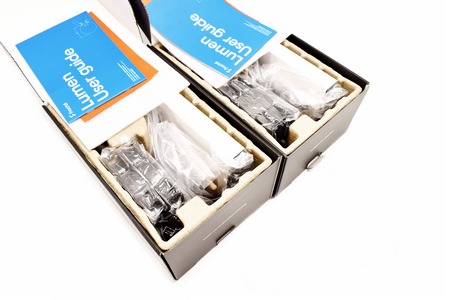


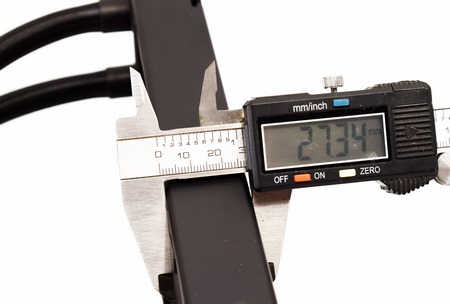
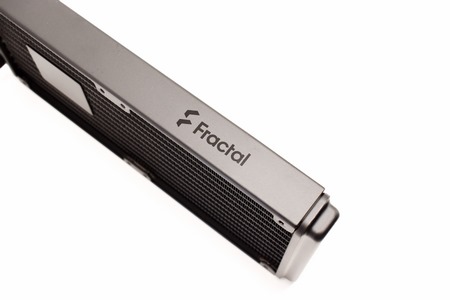

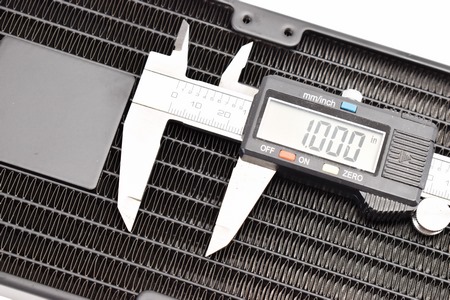
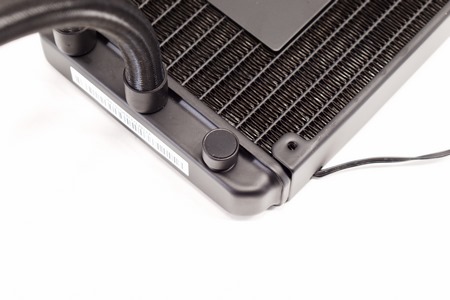
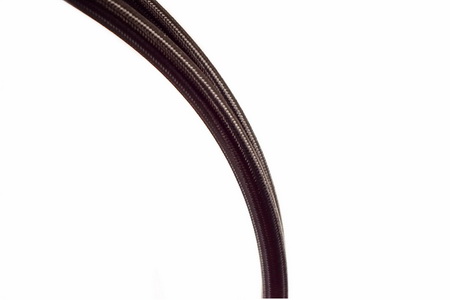
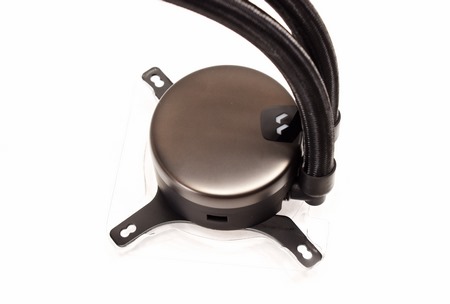

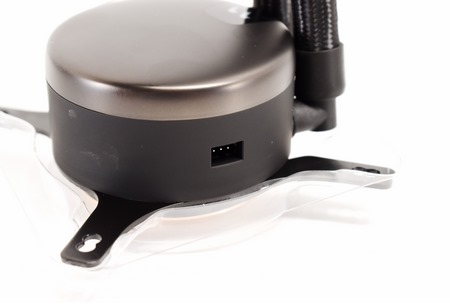

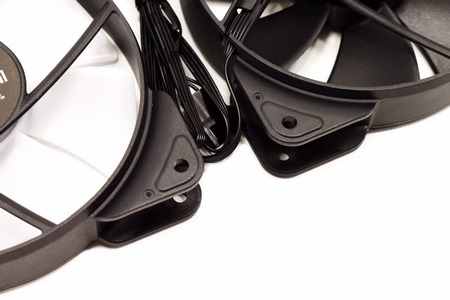

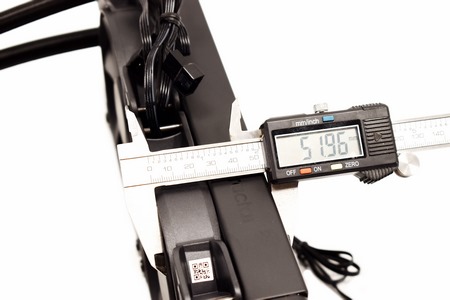


.png)

